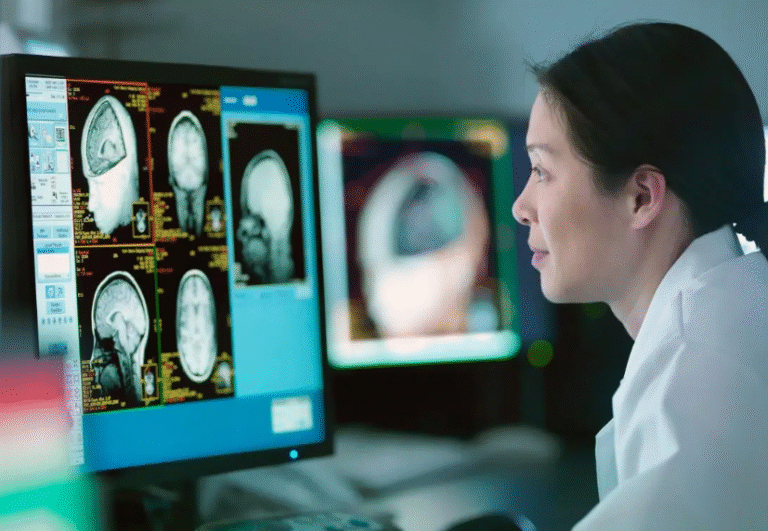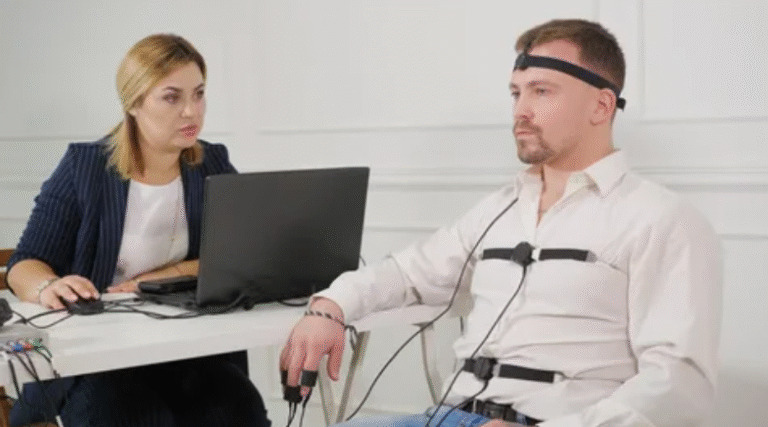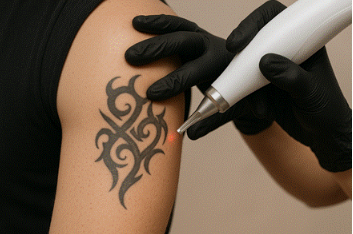Understanding the Essential Components of Intravenous Therapy Equipment

Introduction
Intravenous therapy has become an integral part of modern medical treatment, allowing for the direct delivery of fluids, medications, and nutrients into a patient’s bloodstream. This method provides rapid absorption and ensures accurate dosage administration. Among the tools used in this process, the iv set parts play a crucial role in ensuring that treatment is both effective and safe. Each component of the system has a specific function that contributes to the overall performance and precision of the infusion process.
Importance of Intravenous Therapy in Modern Healthcare
Intravenous therapy is used in various medical settings, from hospitals and emergency care to home-based treatments. It helps in maintaining hydration, administering essential medications, and balancing electrolytes. The effectiveness of this method largely depends on the reliability and quality of the equipment used. This is where understanding the iv set parts becomes important, as every part is designed for a specific medical purpose that contributes to patient safety and recovery.
Overview of the System
The iv set is a medical device that connects a fluid container to a patient’s vein through a series of sterile components. It allows medical professionals to regulate the flow of fluids and ensure controlled delivery. These sets come in different types, such as micro-drip and macro-drip, depending on the required flow rate and clinical needs. Regardless of the type, the internal structure and function of each component remain consistent in principle.
Main Components and Their Functions
Each of the iv set parts plays a significant role in maintaining a smooth and sterile infusion process. Below are the main components and their individual functions:
Spike
The spike is a pointed connector that is inserted into the fluid bottle or bag. It allows the fluid to flow from the container into the system while maintaining a sterile pathway. This part must be handled carefully to avoid contamination.
Drip Chamber
The drip chamber helps medical staff monitor and control the flow rate by counting the drops as they fall. It also prevents air from entering the tubing, which could otherwise cause air embolism in patients.
Tubing
This flexible plastic tube acts as the passage through iv set parts which the fluid travels from the chamber to the patient’s vein. Tubing must be of high quality, non-toxic, and kink-resistant to ensure consistent fluid flow without leakage.
Roller Clamp
The roller clamp is used to manually regulate the rate of fluid flow. By rolling the clamp up or down, healthcare professionals can increase or decrease the flow speed based on patient requirements.
Injection Port
The injection port serves as an access point for adding medications or nutrients into the fluid line during the infusion process. It enables the safe introduction of drugs without disconnecting the existing setup, thereby maintaining sterility.
Needle or Catheter
This is the component inserted directly into the vein. A catheter is more commonly used because it provides continuous access to the vein without causing discomfort. It ensures direct and efficient delivery of fluids or medications into the bloodstream.
See also: How Smart Devices Are Helping Improve Mental Health
Sterility and Safety in the Process
Maintaining sterility throughout the infusion process is of utmost importance. Each part of the system is sterilized and packaged to avoid contamination. Medical professionals must also use aseptic techniques during setup and handling. Any compromise in sterility can lead to serious infections or complications, such as phlebitis or sepsis.
How the System Works
The working mechanism of the infusion system is based on gravity or pressure-assisted flow. When the spike is inserted into the fluid bag, the liquid travels into the drip chamber. From there, it flows through the tubing and reaches the patient’s bloodstream via the needle or catheter. The roller clamp allows precise adjustment of the flow rate. In some cases, electronic infusion pumps are used to maintain an accurate and steady delivery rate.
Applications in Medical Treatments
The iv set parts are used in a wide range of clinical applications. These include:
- Rehydrating patients who have lost fluids due to illness or surgery.
- Administering intravenous antibiotics, painkillers, or chemotherapy drugs.
- Delivering nutrients to patients who cannot eat or drink.
- Maintaining electrolyte balance during critical care or emergency treatment.
Each application requires precision, and the reliability of the equipment ensures that patients receive the correct dose at the right time.
Advancements and Modern Features
Over the years, technological innovation has significantly improved the design of the infusion system. Many modern systems are equipped with built-in air filters, flow sensors, and safety valves to prevent backflow or contamination. Some devices now include automatic shut-off mechanisms to stop the flow once the fluid bag is empty, reducing the risk of air entering the line.
Training and Proper Usage
Proper knowledge and training in handling iv set parts are vital for healthcare workers. Training includes learning about flow rate calculation, system setup, and identifying potential issues such as leakage or blockages. Regular practice ensures that healthcare providers can operate the system efficiently and respond quickly to any complications during treatment.
Disposal and Environmental Awareness
Since most infusion systems are designed for single use, safe disposal is essential to prevent infection or environmental harm. Used sets should be disposed of in biohazard containers as per hospital safety guidelines. With growing environmental awareness, manufacturers are now developing eco-friendly and biodegradable versions of iv sets to minimize plastic waste in medical settings.
Challenges and Maintenance
Although these systems are highly efficient, issues such as air bubbles, flow inconsistencies, or blockages can occur. Routine inspection and proper maintenance of the parts are necessary to ensure continuous functionality. Using high-quality equipment and following correct installation procedures can help minimize these challenges.
Conclusion
Understanding the structure and function of iv set parts is fundamental for anyone involved in medical care. Each component, from the spike to the needle, plays a specific role in ensuring safe, sterile, and accurate delivery of fluids and medications. By maintaining strict hygiene practices, utilizing advanced designs, and ensuring proper handling, healthcare professionals can provide effective treatment and enhance patient outcomes. The continued innovation in intravenous systems further strengthens their importance in both everyday clinical use and emergency care situations.



